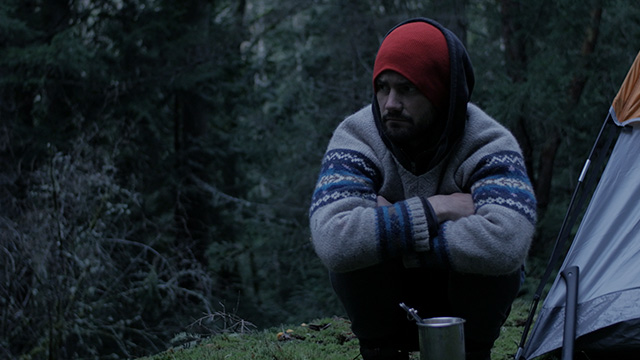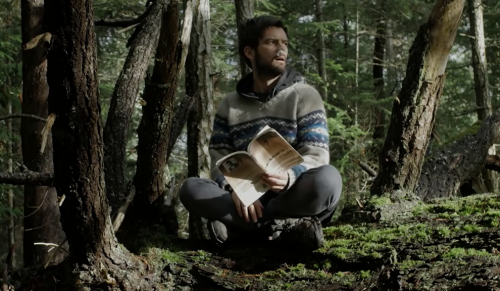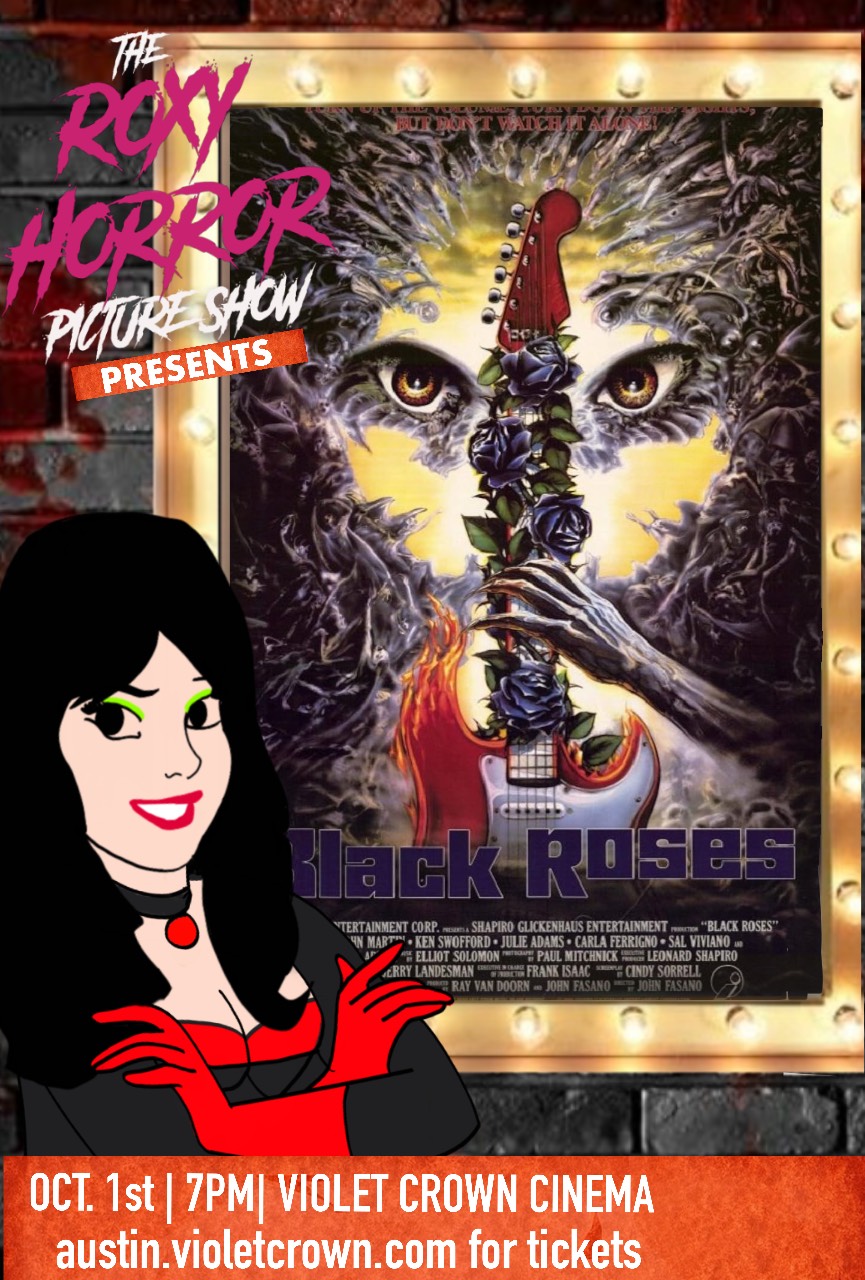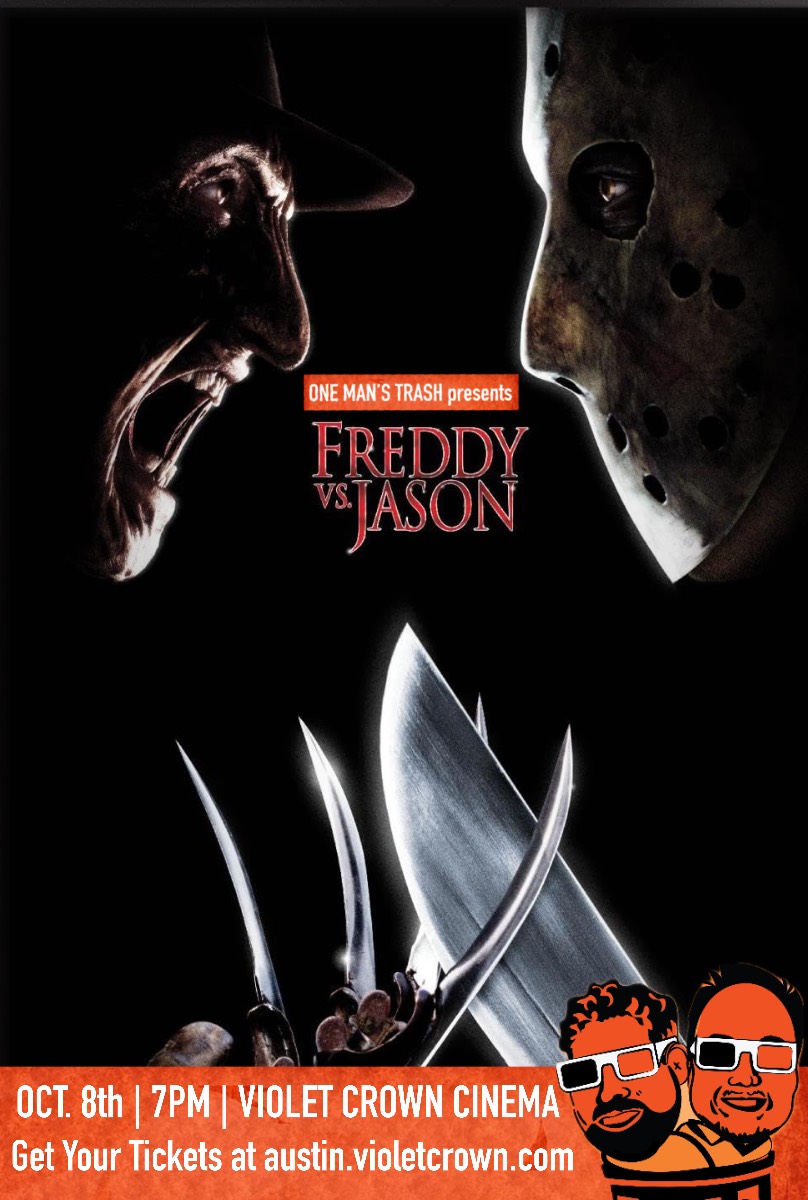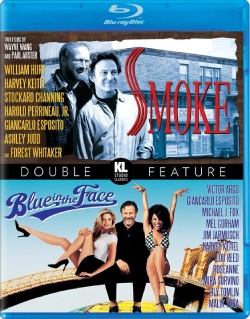First time directors always want to leave a good first impression. First time directors who are students of critically acclaimed filmmakers like Werner Herzog (Agguire: The Wrath of God, Fitzcarraldo) not only want to do that, but they also want to show that they have a thorough knowledge of the filmmaking process and are fully capable of handling several different genres at once. Thankfully, Trevor Juras, Canadian filmmaker and student of Herzog, does just that with The Interior, a film divided into two very distinct acts filled with humor, psychological tension and horror.
After receiving a distressing medical diagnosis, James (Patrick McFadden), a listless young man flees the crushing tedium of Toronto city life, trading it all for the wilderness of the British Columbian Interior. As he retreats further away from civilization, he gradually finds himself the target of increasingly inexplicable and disturbing manifestations, which point to a frightening truth: he is not alone. Someone or something is pursuing him into the deep, dark interior of the forest.
At first glance, The Interior feels like a morbidly dark comedy, with James daydreaming about telling off his obnoxious boss and earning the affection of his co-workers. Shown as slow-motion montages, James’ fantasies are accompanied by Polish composer Fredric Chopin’s Nocturnes, which only adds to the droll situations he imagines. Seasoned filmgoers will recognize The Interior’s subtle nods to movies like Office Space and Fight Club as it continues to humorously analyze James’ stalled life.
Only with the reveal during an appointment at the doctor’s office does The Interior finally take a turn from dark comedy to psychological thriller. With the knowledge that he’s afflicted with some sort of illness, James abandons everything and retreats to the Canadian wilderness, hoping to escape his problems and think about the state of his life. It’s at this point that the entire film is carried solely by McFadden’s performance. Though initially presented as a lost, disaffected 20-something, it’s when finally alone in the secluded forests that James reveals his narcissistic and borderline sociopathic personality, breaking into unoccupied cabins, stealing food and equipment and taking enjoyment in leaving behind sarcastic notes for the unaware owners. The turn is surprising, but believable, with McFadden easily selling the idea that his seemingly sullen, mope of character has a darker side, whether brought on by his feelings of self-loathing or his quickly developing illness. In any case, he’s firmly in the center of the action, and his frustrations, fears and delusions only start to get worse as time goes on, further revealing just how physically and psychologically vulnerable he is, especially as the nights become longer and longer.
It’s during many of the wilderness scenes that Juras truly showcases his talent at as a filmmaker, perfectly capturing the brown-green beauty of the surrounding vegetation during the day and the black, empty terror of the night. Those concerned that the film might devolve into something like the Blair Witch Project in its second half need not worry. The camerawork remains steady and smooth, content to show exactly what’s happening during a particularly scary moment and letting the sense of dread build upon itself. The scenes at night are spectacular as the darkness that surrounds James becomes increasingly claustrophobic, giving the movie a slight supernatural vibe as James’ night-time stalker reveals itself in various ways.
The Interior comes off as incredibly earnest and atmospheric thriller about the inevitably of one’s problems chasing after them. It doesn’t rely on modern horror movie tropes or jump scares, and it’s confident enough in its abilities that it allows the tension and scares to naturally escalate over time without feeling cheap or unearned. Anyone with a passing interest in horror or psychological thrillers would do well to check out The Interior and keep an eye on a talent like Juras.


